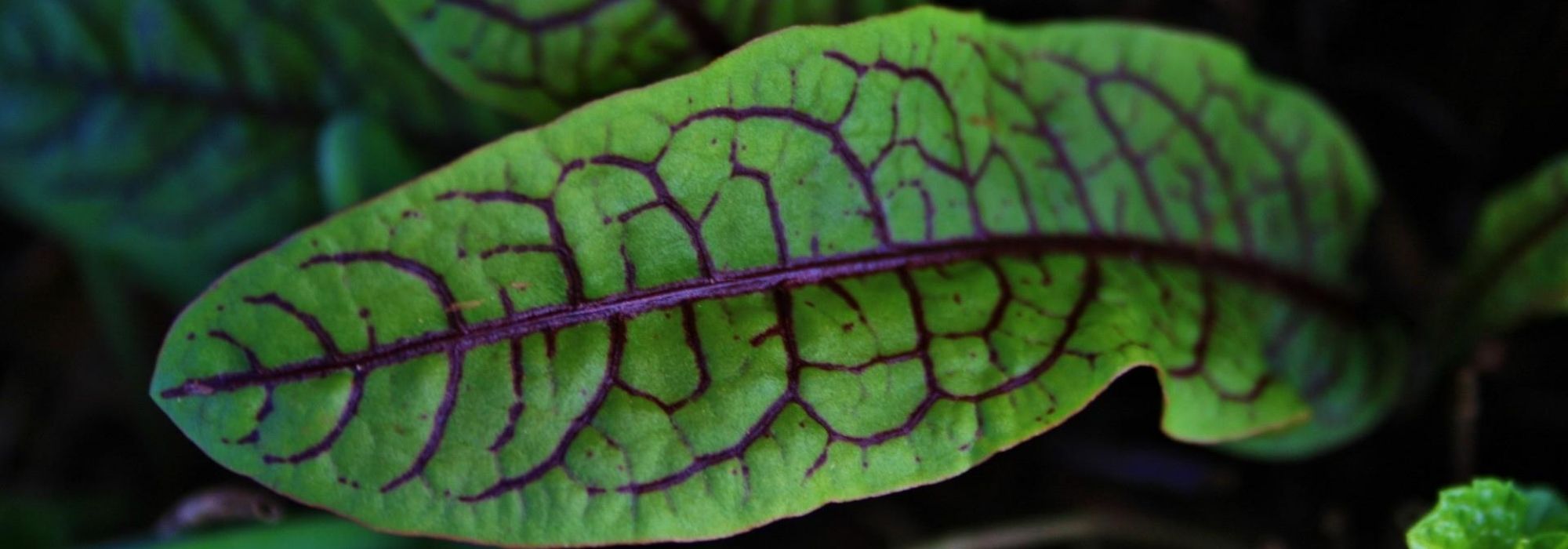
Sorrel: planting, growing, harvesting
Contents
Sorrel in a nutshell
- Sorrel is a delicious vegetable and culinary herb that is essential in French cuisine.
- It is grown for its acidic-tasting leaves, which can be harvested almost all year round.
- In cooking, its leaves flavour soups, omelettes, and salmon.
- It has medicinal properties and is rich in vitamin C and carotene.
- Easy to grow in the vegetable garden, perennial and quite hardy, it only requires rich, moist soil to thrive.
A word from our expert
Sorrel is a delicious perennial plant grown for its beautiful rosettes of bright green leaves with a distinctly bitter and tangy taste. It is ideal for adding a refreshing note to salads or for flavouring soups or fish, especially salmon. It can be prepared and cooked like spinach.
Low in calories, sorrel is particularly rich in vitamin C, magnesium, potassium, iron, copper, and beta-carotene. With a good dose of fibre, it aids in the proper functioning of the intestines. Thanks to its antioxidant properties, it also helps combat cardiovascular diseases and certain cancers, and possesses diuretic, laxative, and purifying virtues.
In the vegetable garden, this hardy leafy vegetable is a joy for gardeners!
Unfussy, it can remain in place for years and will thrive in cool, humus-rich soil with light sun.
Discover the different varieties of sorrel and all our tips for successful cultivation! You will learn that wild sorrel is edible, while the arum or spotted arum (Arum maculatum), with which it should not be confused, is toxic!
What are the benefits of sorrel? When and how should it be harvested and grown? We will tell you everything!
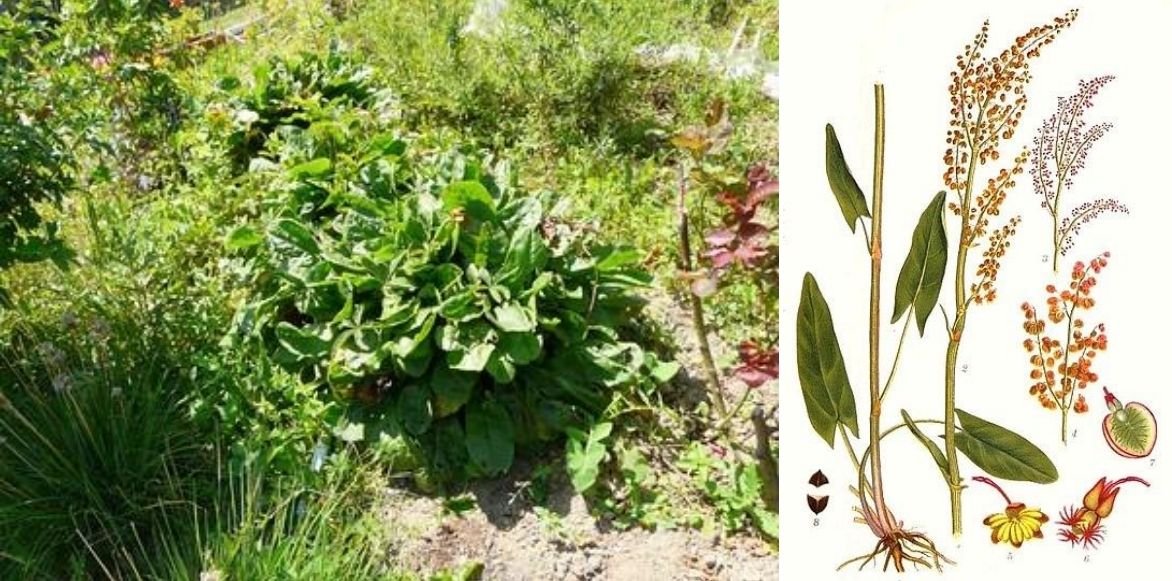
Sorrel in the garden, and a botanical plate from 1901 depicting the type species (Carl Lindman)
Description and botany
Botanical data
- Latin name Rumex
- Family Polygonaceae
- Common name Sorrel
- Flowering May-September
- Height 0.15 to 1 m
- Exposure Sun, Partial shade
- Soil type Clay-loamy (rich and light), moist
- Hardiness -15°C
Sorrel-Rumex– also known as Egret, Surette, or Vinette, is a perennial vegetable plant belonging to the Polygonaceae family. It is native to Europe and Asia, where it can be found naturally in moist, heavy, and acidic soils or in rocky areas and scree for montane species.
The genus Rumex includes over 200 perennial or annual species, among which Rumex acetosa and Rumex patienta are the most cultivated. The main types include:
- Common Sorrel (Rumex acetosa), which is the type species, the wild species that grows in fields and pastures. It has given rise to the cultivar ‘Large De Belleville’, which is the most cultivated and appreciated variety for its large leaves.
- Spinach Sorrel or perpetual sorrel (Rumex patienta), a species related to spinach.
- Blood Sorrel (Rumex sanguineus), characterised by its green leaves veined with red.
- Round-leaved Sorrel (Rumex scutatus), also known as Shield Sorrel, which is a montane species.
- Arum-leaved Sorrel (Rumex arifolius), which is a productive and hardy variety.
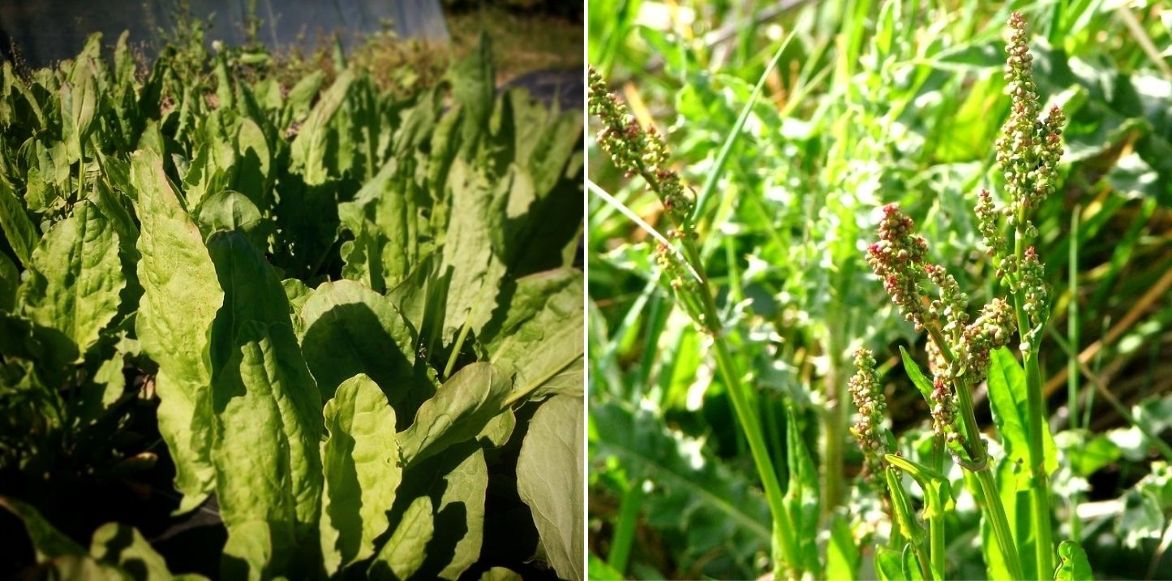
Cultivated and wild sorrel
The leaves of sorrel are arranged in a rosette. The plant forms a more or less dense tuft that is rounded, spreading, or sagittate depending on the variety. A sorrel plant can reach heights of 20 cm up to 2 m when flowering for Spinach Sorrel. The foliage persists to varying degrees in winter depending on the climate. The fleshy leaves are opposite, petiolate, entire or hastate, cordate, or sagittate, flat or undulate, even crinkled depending on the species. They measure 7 to 15 cm in length. Sweet Sorrel is recognised by its basal leaves shaped like shields or spades, as wide as they are long. The ‘Large De Belleville’ variety is distinguished by its large oblong and hastate leaves.
The foliage of sorrel is most often light green to medium green, veined with purple in Blood Sorrel and heavily tinged with purple in Purple Sorrel (Rumex x purpurea). The leaves of sorrel have a slightly tangy, lemony, sometimes peppery taste. Etymologically, “sorrel” means “sour” in Latin. They can be prepared like spinach, either cooked or raw.
If you delay harvesting, upright and branched flower spikes appear from May to September. These inflorescences consist of clusters of small green-yellow or purplish flowers. They transform into small trigonal and winged achenes that are inedible, producing numerous seeds that can reseed themselves.

Spinach sorrel (Rumex patienta), blood sorrel (Rumex sanguineus), and purple sorrel (Rumex purpurea)
Read also
Sowing vegetable seedsMain species and varieties
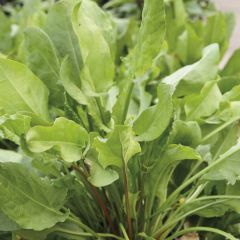
Rumex acetosa Large De Belleville
- Height at maturity 40 cm

Rumex scutatus Purpurea
- Height at maturity 30 cm

Rumex sanguineus Seeds
- Height at maturity 40 cm
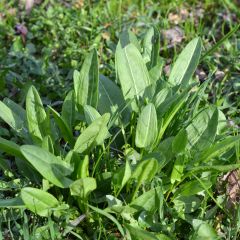
Rumex acetosa
- Flowering time August, September
- Height at maturity 30 cm

Rumex arifolius
- Height at maturity 30 cm
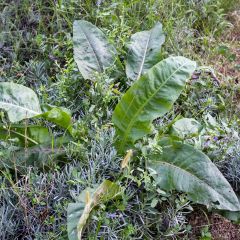
Organic Patience Dock - Rumex patientia
- Height at maturity 30 cm

Organic French Sorrel - Rumex scutatus
- Flowering time August, September
- Height at maturity 30 cm
Discover other Sorrel seeds
View all →Available in 1 sizes
Available in 1 sizes
Available in 1 sizes
Available in 1 sizes
Available in 1 sizes
Available in 1 sizes
Available in 1 sizes
Available in 1 sizes
Available in 1 sizes
Available in 1 sizes
Planting sorrel
Where to plant sorrel?
Sorrel is a very hardy vegetable that can withstand temperatures as low as -20 °C. It is easy to grow, whether in the ground or in pots or containers. It thrives in cool, rather rich soils and prefers neutral or acidic soils over calcareous ones. A heavy, clayey soil that remains consistently moist will make it happy, as it is sensitive to drought. Plant it in partial shade or in non-burning sunlight. It particularly enjoys light shade.
Sorrel can remain in the same spot for several years and, like all perennial vegetables, it is useful in permaculture.
Use it for its culinary properties in the vegetable garden or in pots on a terrace or balcony. In ornamental gardens, it can also cover the base of a rosebush to keep the roots cool.
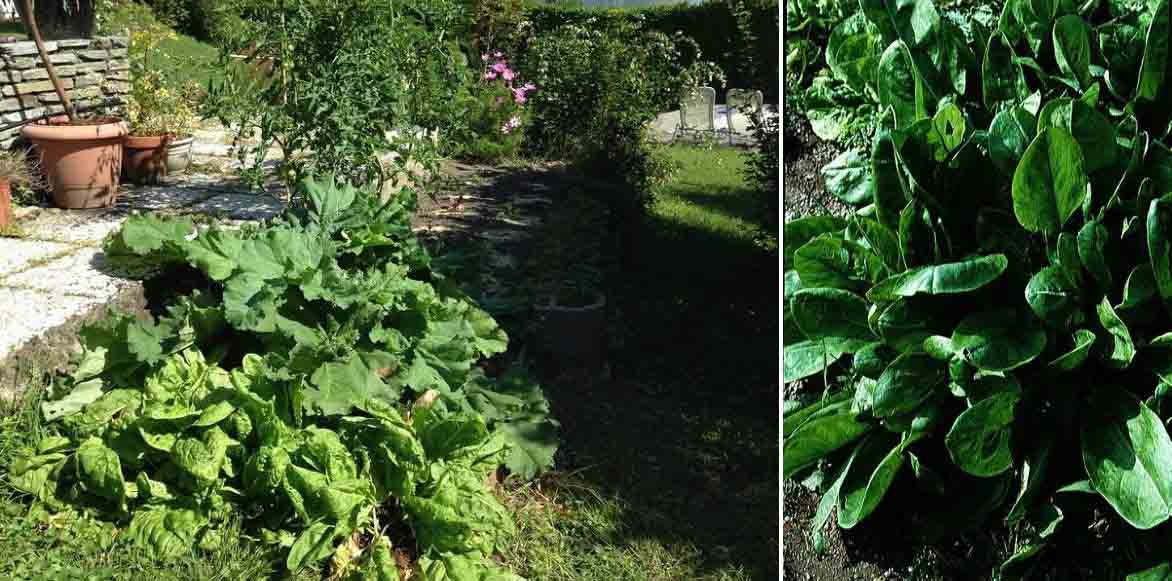 Sorrel planted alongside rhubarb, in the ornamental garden (photo: Frédérique Voisin Demery), and in the vegetable garden, thrives in partial shade
Sorrel planted alongside rhubarb, in the ornamental garden (photo: Frédérique Voisin Demery), and in the vegetable garden, thrives in partial shade
When and how to plant it?
Plant sorrel young plants purchased in pots in spring (from March to May) or in autumn (September-October), in any case outside of frost periods. Planting in autumn will allow them to establish well.
How to plant it?
In the ground
- Add compost a few months before planting, by scratching it into the top 5 cm.
- Loosen the soil deeply
- Air the soil using a fork
- Dig a hole 2 to 3 times the volume of the root ball
- Space the plants 20 to 25 cm apart
- Place the root ball and cover with soil
- Firm down, water without completely soaking the soil, and mulch to keep the soil moist
In a pot
Sorrel will be just as happy in a window box in front of a sunny window as in a pot on a balcony in a pocket vegetable garden. Choose a container that is 30 cm wide and 30 cm high.
- Place a layer of gravel at the bottom of the pot to aid drainage
- Plant the root ball in a mix of potting soil and compost
- Firm down well and water regularly
- Plan to repot every year
→ Learn more about growing sorrel in pots in our advice sheet.
Read also
Succeeding in sowing perennial plantsWhen and how to sow sorrel?
Sorrel is sown in a nursery from March to May for a harvest from May to August. Direct sowing is possible provided you wait until May (after the frosts).
Under cover
- In a seed tray or in individual pots, sow the sorrel seeds in good seed compost
- Lightly cover the seeds with compost
- Water regularly with a fine spray until germination
- Transplant into individual pots when the seedlings have 3 or 4 leaves
- Transplant the young plants into the ground or into larger pots when the risk of frost has passed
In the ground
- After the last frosts, usually in May, sow in furrows 1 cm deep, spaced 30 cm apart
- Place a seed every 3-4 cm in moist, fertile, well-prepared soil
- Cover with a thin layer of compost
- Firm down
- Water with a watering can with a fine rose and keep the soil moist until germination
- Thin out to every 30 cm
- Water regularly to aid establishment
→ Succeed with your culinary seed sowing with our video tips!
Sorrel care
Hardy once established, sorrel requires no special care.
Remember to water it regularly during dry spells to keep the soil moist. Mulch to maintain sufficient coolness at the base to limit watering. Weed and hoe regularly, especially at the beginning of the growing season.
In pots, water 3 or 4 times a week.
Add decomposed compost to the surface in spring.
Remove flower spikes to encourage leaf development and prevent it from running to seed too quickly. To avoid premature running to seed, also keep the soil consistently cool.
Transplant sorrel after a few years to another spot in the garden to promote crop rotation: this will help limit the risk of diseases or pests.
It makes a good companion and thrives near many other vegetables. In companion planting, it enjoys the company of asparagus, watercress, carrots, spinach, strawberries, beans, peas, radishes, salads, tomatoes, and herbs such as chives, thyme, rosemary, coriander, and parsley.
Common diseases
Sorrel is generally resistant to diseases, but some enemies can compromise the harvest of leaves.
Sorrel is sometimes attacked by the chrysomelid, a small metallic green beetle that devours the lamina of the leaves. Remove larvae and insects, cut the clump back to the ground, and water to encourage new growth.
Another enemy is the sorrel miner or sorrel fly, whose larvae form galleries in the lamina of the leaves that eventually wither: cut and burn the affected leaves.
In case of an aphid attack: eliminate the unwanted pests by spraying the plant with water mixed with black soap or garlic manure.
The young leaves are regularly preyed upon by slugs and snails: at the start of the growing season, protect them from their appetite by discovering our 7 ways to fight slugs effectively and naturally.
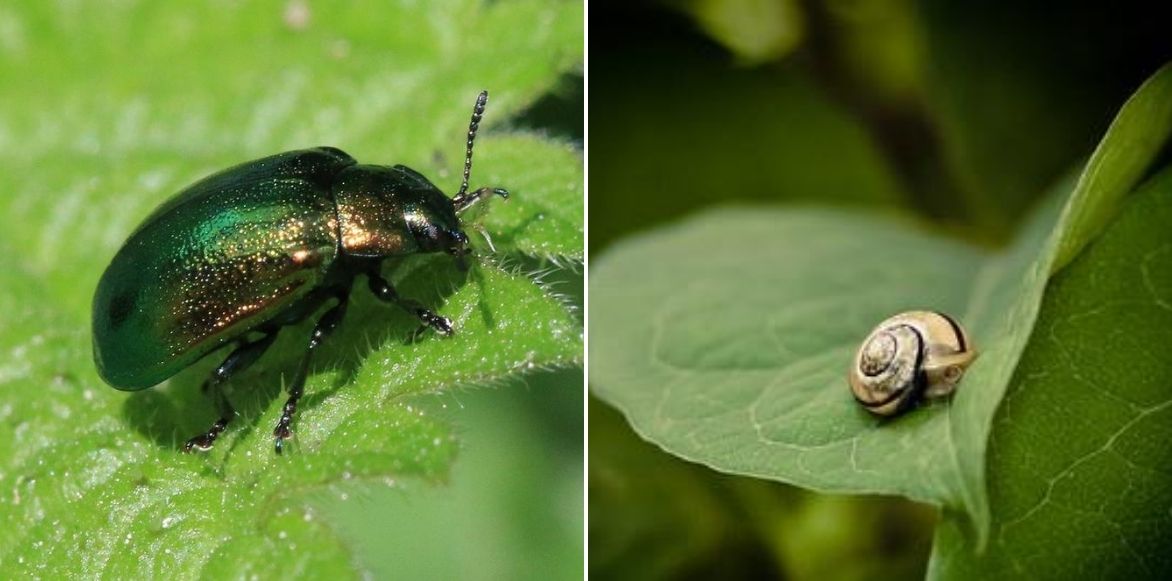
The chrysomelid enjoys aromatic plants like rosemary, but it also attacks sorrel, often found nearby in the vegetable garden. Gastropods also frequently target tender shoots (photo: Renee Hawk)
When and how to harvest sorrel?
Harvest
Young sorrel leaves can be harvested 6 to 8 weeks after sowing. The leaves can be harvested until the first frosts. They are best picked before flowering, when they are well developed (about ten centimetres), as needed in the kitchen, at the juvenile stage or at ripeness. Harvesting is done leaf by leaf, by hand or with a knife.
Storage
The leaves should be consumed on the same day they are picked, as they do not keep well. However, they can be frozen after being blanched for 3 minutes in salted boiling water, similar to spinach. Once cooked, sorrel does not keep and should be consumed quickly, ideally within 24 hours. After cooking, the nitrates contained in the leaves gradually convert into nitrites: toxic compounds for the human body.
Uses and benefits
Sorrel is delicious in soup; it can also be used in sauces or to accompany omelettes or salmon, and even raw in young leaf salads.
With only 24 calories per 100 grams, sorrel is a weight-loss ally! In addition to its tangy flavour, this young plant offers numerous health benefits and virtues. Sorrel is purifying; it is known for its diuretic, laxative, and digestive properties. Rich in folates (vitamin B9) and very high in vitamin C, packed with trace elements, sorrel contributes to the proper functioning of the immune system, the nervous system, and the intestines, while reducing fatigue. Full of antioxidants, it may help combat cardiovascular diseases and certain cancers. In the Middle Ages, it was used to prevent scurvy. When used as a poultice, it even has healing properties and, when rubbed on insect bites or nettle stings, it soothes itching.
 Sorrel soup is one of the dishes that pleasantly reveals the tangy side of this leaf vegetable.</caption]
Sorrel soup is one of the dishes that pleasantly reveals the tangy side of this leaf vegetable.</caption]
Multiplication
It can be done by sowing, using seeds at complete ripeness. It can also be multiplied by dividing the clumps in March-April. This operation is recommended every 3 to 4 years.
- Start by extracting the clump using a fork, breaking the clump into pieces.
- Replant immediately in the garden in well-tilled soil, allowing for a spacing of 30 cm.
→ Also read our tutorial: How to divide sorrel in the garden?
Useful resources
- Discover our wide range of sorrels available as young plants or seeds
- Also be tempted by our range of old and forgotten vegetables
- Our article: Growing sorrel in pots
- Subscribe!
- Contents
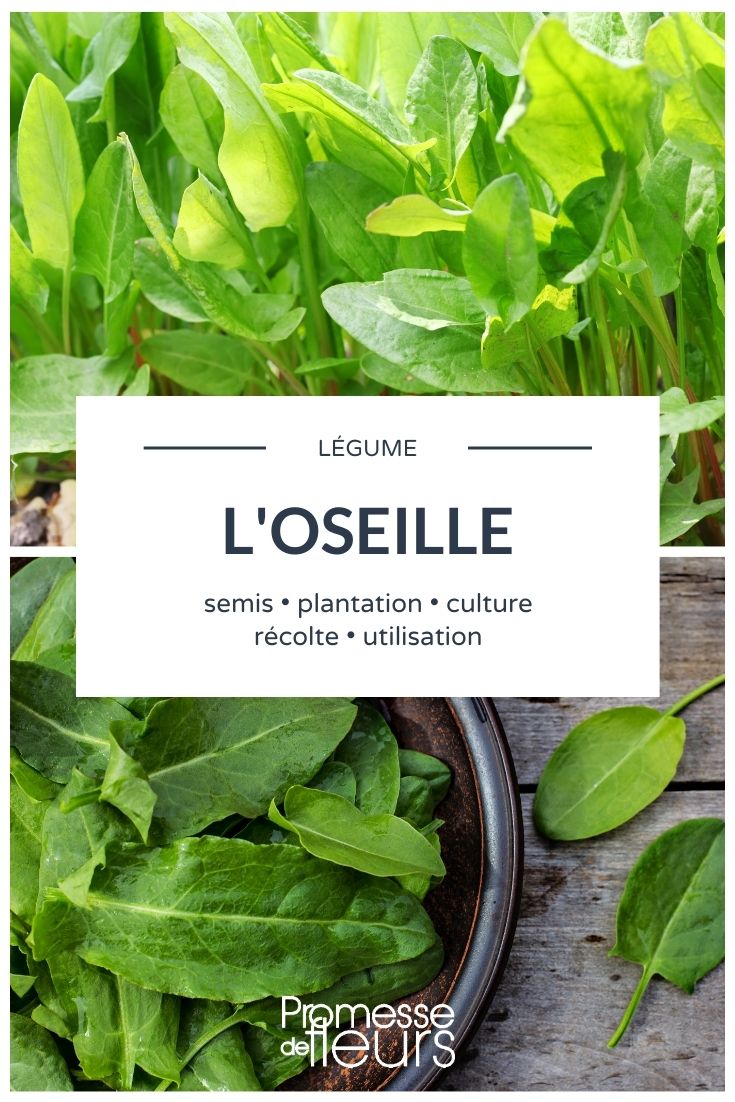































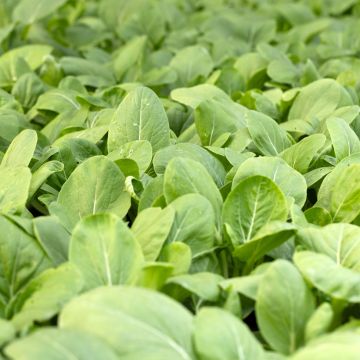
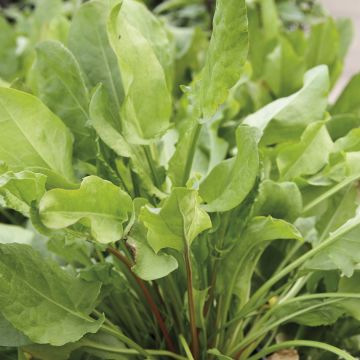

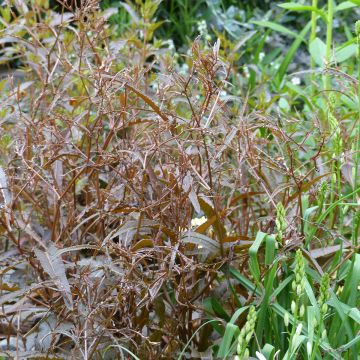

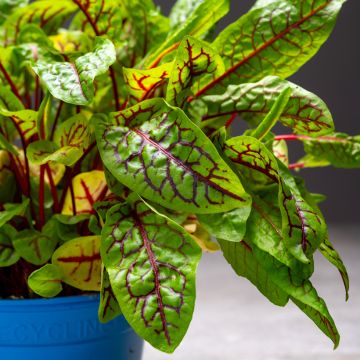


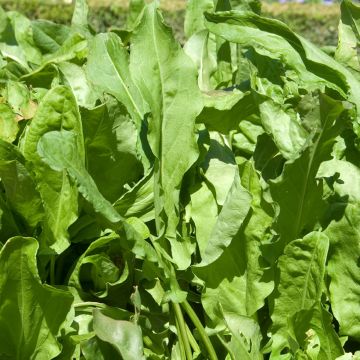
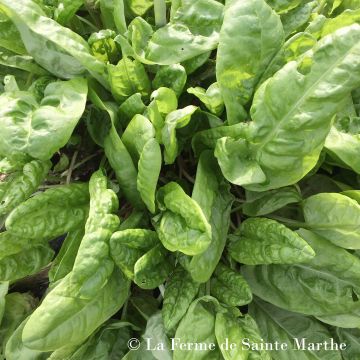
Comments